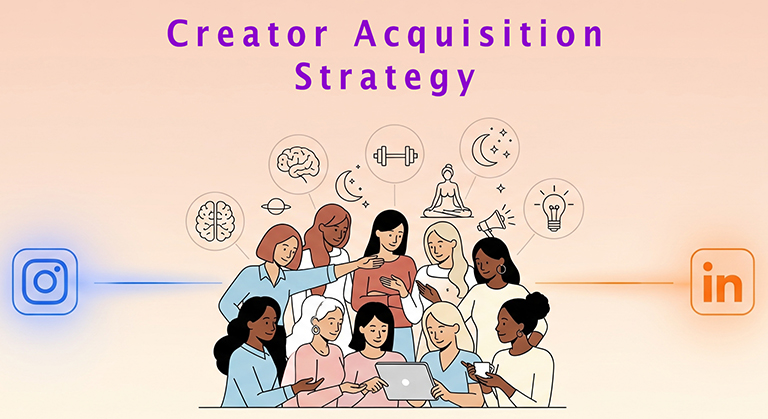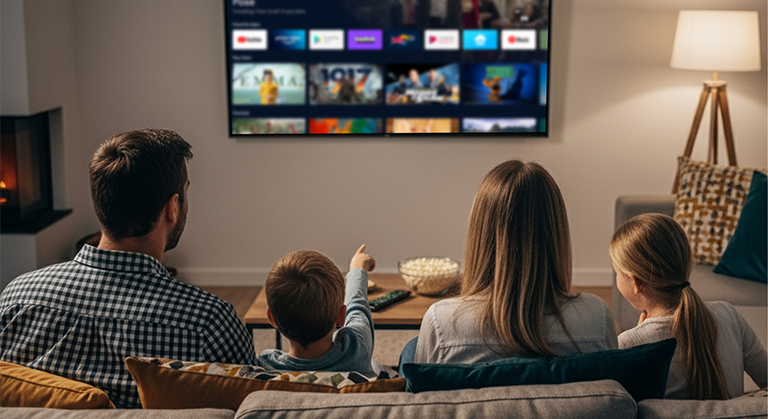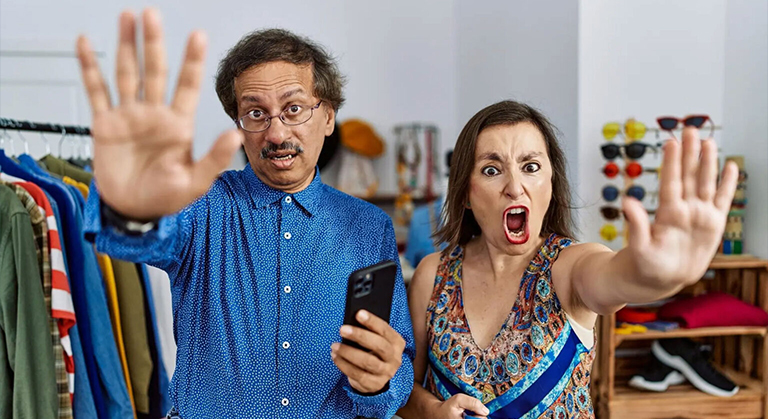Driving Creator Acquisition via Targeted DM Outreach on Instagram & LinkedIn
Coto, is a pioneering women-only social community platform designed to enable micro-community building, expert-led engagement, and creator monetization. With a rapidly growing global user base, Coto partnered with Consoul Solutions to scale creator acquisition by leveraging targeted direct messaging (DM) campaigns across Instagram and LinkedIn. Challenge To fuel its growth in niche verticals such as mental wellness, fitness, astrology, and coaching, Coto needed to attract high-quality creators who could lead and grow engaged communities. Traditional outreach methods were proving ineffective in capturing the attention of domain experts and professional influencers. Coto required a conversion-driven outreach strategy that delivered: Better alignment with audience interests Higher engagement across acquisition funnels Localized messaging for international expansion, particularly in the MENA region Strategy Consoul implemented a high-performance multi-platform DM acquisition strategy, anchored in audience segmentation, personalization, and localization. 1. Precision Targeting & Creator Mapping Identified high-potential influencers, subject matter experts, and community thought leaders Segmented creators based on engagement levels, demographics, and content verticals 2. Platform-Specific Execution Instagram DMs: Focused on creators with visually driven content and strong follower interactions LinkedIn DMs: Targeted professionals (e.g., coaches, consultants) in niche expertise areas 3. Personalized & Localized Messaging Created dynamic DM copies tailored to each specialization Adapted content into Arabic to drive outreach in GCC/MENA markets Messages emphasized exclusive earning opportunities, live consultations, and community ownership Results The strategic approach delivered outstanding growth metrics for Coto’s creator onboarding pipeline: 42% response rate from Instagram outreach 35% response rate from LinkedIn outreach 250+ new creator-led communities launched 30% increase in engagement using Arabic-localized messaging Conclusion This case study showcases the power of martech-driven personalization and targeted D2C communication in scaling niche creator ecosystems. With Consoul’s guidance, Coto successfully transformed cold outreach into high-quality onboarding, building a stronger foundation for community engagement, user retention, and platform monetization.
Driving Creator Acquisition via Targeted DM Outreach on Instagram & LinkedIn Read More »





